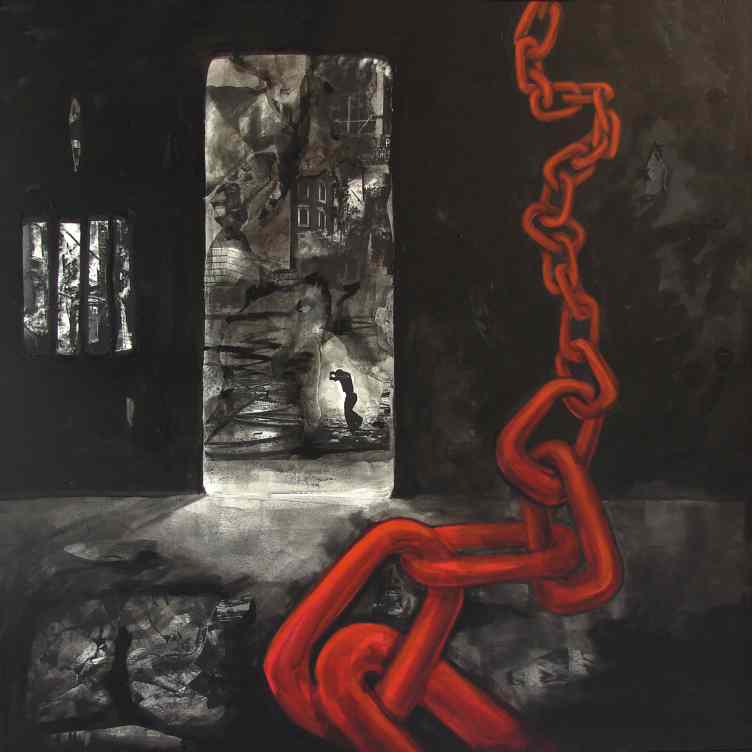Here’s a comprehensive list of GNM “constellations” from LearningGNM.com, each representing paired conflicts hitting opposite brain hemispheres—plus their underlying conflict roots and key manifestations:
🧠 1. Motor Cortex Constellation
- Biological conflict: “Feeling stuck” motor conflict(s)
- Root cause: Single or dual motor-related conflicts (e.g., unable to move, stuck in situation)
- Symptoms: Compulsive movement—fidgeting, pacing, tapping—seen in ADHD, restless leg, motor tics (learninggnm.com, learninggnm.com)
🧠 2. Cerebellum Constellation
- Biological conflicts: Attack conflict + nest-worry/argument conflict
- Root cause: Feeling under attack or worry about loved ones
- Symptoms: Emotional numbness, apathy, cold/disconnected demeanor (learninggnm.com)
🧠 3. Cerebral Medulla (Megalomania/Narcissism) Constellation
- Biological conflicts: Self‑devaluation + loss conflict
- Root cause: Feelings of worthlessness or loss triggering overcompensation
- Symptoms: Narcissistic behaviors, grandiosity, attention-seeking (e.g., “solar megalomania”) (learninggnm.com, germannewmedicine.ca)
🧠 4. Flying Constellation
- Biological conflicts: Territorial fear + scare‑fright conflict
- Root cause: Overwhelming fear or threat
- Symptoms: Spacey, escapist behaviors, procrastination, manic-depressive cycles (“flyers”) (learninggnm.com)
🧠 5. Postmortal Constellation
- Biological conflicts: Territorial loss + sexual conflict
- Root cause: Death/loss and sexual identity tensions
- Symptoms: Obsession with death, funerals, suicidal/ruminative thoughts (learninggnm.com, learninggnm.com)
🧠 6. Aggressive Constellation
- Biological conflicts: Territorial anger + identity conflict
- Root cause: Violations of territory or personal identity
- Symptoms: Sudden belligerence, domestic violence, aggression; alcohol can trigger (learninggnm.com)
🧠 7. Autistic Constellation
- Biological conflicts: Scare‑fright + motor/territorial conflicts
- Root cause: Early trauma or fear, plus feeling stuck
- Symptoms: Social withdrawal, routines, sensory issues, repetitive behavior (learninggnm.com, learninggnm.com)
🧠 8. Casanova & Nympho Constellations
- Biological conflicts: Territorial loss + sexual conflict
- Root cause: Loss or desire tied to sexual identity
- Symptoms: Compulsive sexual behaviors—Casanova in men, nymphomania in women (learninggnm.com, byyoursidedoulamt.com, learninggnm.com)
🧠 9. Mytho (Mythomania) Constellation
- Biological conflicts: ? (Often overlaps with autistic/aggressive)
- Root cause: Identity/self-devaluation conflicts
- Symptoms: Pathological lying, incessant talking (awakingproject.com, byyoursidedoulamt.com, learninggnm.com)
🧠 10. Hearing (Auditory) Constellation
- Biological conflicts: Hearing-related conflict (temporal lobe)
- Root cause: Could involve persecution, identity, or fear conflicts
- Symptoms: Auditory hallucinations (“voices”) (np.learninggnm.com)
🧠 11. Marking Constellation
- Biological conflict: Urination/marking conflict
- Root cause: Territorial marking, self-assertion issues
- Symptoms: Compulsive urination marking behavior
🧠 12. Bulimia & Anorexia Constellations
- Biological conflicts: Bulimia = anxiety/self-devaluation; anorexia = control/identity
- Root cause: Self-worth and body image conflicts
- Symptoms: Binge-purge cycles or food restriction/hunger control (awakingproject.com)
🧠 13. Paranoia Constellation
- Biological conflicts: Likely identity, persecution, or fear
- Root cause: Feeling hunted, targeted, or self-devalued
- Symptoms: Suspicion, persecutory delusions (learninggnm.com, germannewmedicine.ca)
🧠 14. Frontal & Fronto‑Occipital (Panic) Constellations
- Biological conflicts: Anxiety, panic, fear of losing control
- Root cause: High anxiety, losing autonomy
- Symptoms: Panic attacks, extreme anxiety
🔄 Additional Cortical Conflict Pairs
When someone is constellated (e.g., aggressive), additional related conflicts can accumulate—creating layered psychiatric symptoms (scare-fright stacking deafness, mythomania, etc.) (np.learninggnm.com).
📌 Summary & How They Work
GNM’s constellations activate when two complementary—often opposite—conflicts impact opposite brain hemispheres, triggering a temporary combined brain/organ-psychic program. Symptoms vary based on conflict types, biological laterality, gender, hormone status, and whether it’s acute, healing, or chronic. Many expand or interlock, creating complex mental-emotional clusters.


